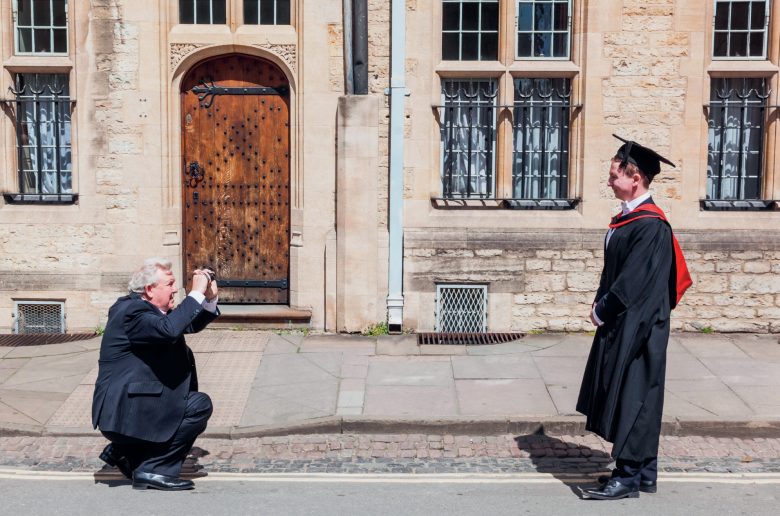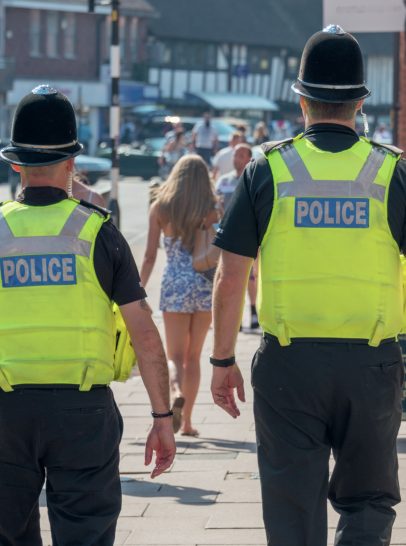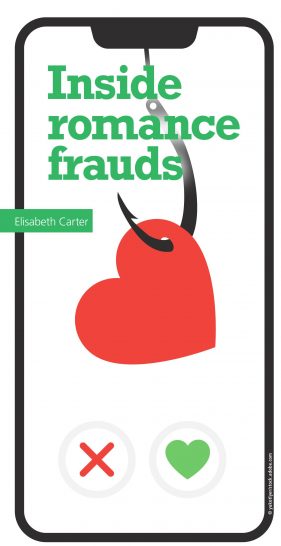
Since the emergence of youth as a recognised age category in the industrial period, societal anxieties about young people have collected around the dual fears of ‘youth in trouble’ and ‘youth as trouble’. Political discourses and policy responses have, accordingly, shuttled between the need for control (youth as a disorderly presence requiring discipline — think ASBOs, knife crime and youth gangs) and the need for care (young people as vulnerable in a hostile, adult world — think current worries about a new ‘lost generation’ of young unemployed).
Partly fuelling our social anxieties about young people are youth cultures and subcultures whose styles, behaviours and ‘focal concerns’ can appear to many adult eyes as outlandish, delinquent and threatening. Commonly traced to the emergence of ‘the teenager’ in the postwar boom of the USA (and captured in films such as Rebel Without a Cause) or the seafront skirmishes between Mods and Rockers in southern England, we can in fact trace the history of troublesome youth culture much further back in time, as Geoff Pearson’s Hooligan: A History of Respectable Fears (1983) entertainingly shows us.
Your organisation does not have access to this article.
Sign up today to give your students the edge they need to achieve their best grades with subject expertise
Subscribe




